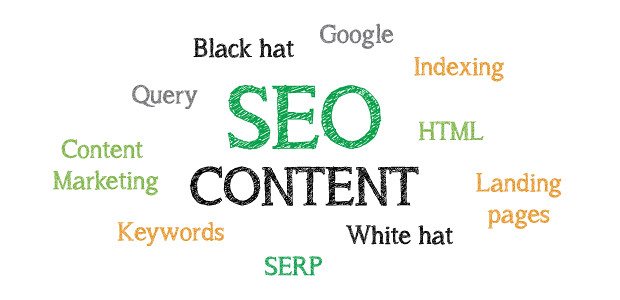
We all know that in this day and age content is vital for ensuring authority is delivered by a web site. Understanding this means your search programme will play a critical role in driving growth through the implementation of structured keywords.
Structuring your sites visibility based on keyword research is so important, but this must be in a targeted fashion. Creating content that ranks well is difficult. Its hard to understand how one can move from a simple key phrase and write a targeted article that is unique and utilises all the on-page elements from any search campaign but importantly, that isn’t simply search content.
There is never a one size fits all approach however, there is a simple way to support your creative writing in an SEO-friendly way, and that’s by delivering a content brief in the first instance that is targeted towards your SEO requirements.
Key benefits of a content brief:
- Productivity and efficiency – A content brief clearly explains expectations for the writer resulting in reduced revisions
- Alignment – The writer understands the intent and goals of each content item
- Quality – Reduces poor quality.
By planning in advance, a detailed content calendar highlighting topics for review will ensure great on theme content. To initiate this then we must implement detailed keyword research and target the site that this content will then support.
Start with keyword research: Topic, audience, and objectives
This is aimed at setting you up to take a step beyond simple keyword research and develop this into a true content brief. Your primary keywords should serve as your topic and will therefore form the beginning of your content brief. Its important to:
- Spend time understanding your target audience and then align their goals to your keywords.
- Do your keyword research in advance of any content. This will enable the writer the freedom to move things around and align to trending topics.
By delivering your content brief in this way then your writer will already have the answers to key questions such as:
- What will I write about? Your primary keywords act as the topic within your content brief.
- Who is the intended audience? By targeting your keywords to the intent of your audience then this helps unearth the problem the user is trying to solve. This helps explain who your audience are, and what they need.
Now with keywords as our guide to the overall topical theme, we can now focus on the next step, topical expansion.
Topical expansion: Define key points and gather questions
Writers require insight into the pain points felt by the reader and therefore key areas of the topic to address and most of all, what questions the content should answer. This will therefore be included within your content brief.
You’ve taken note of what to write about, and how to cover the topic fully. But how do we begin to determine what type of content and how in-depth it should be?
Content and SERP analysis: Specify the content type and format
Its impossible to tell writers to deliver unique content if we can’t specify what makes it unique. By reviewing your competitors and what’s being displayed consistently in the search listings is a quick way to assess what’s likely to work. You should look at the top ten results for your primary topic and collect the following:
- Content type – Do the results deliver a specific type of content? (e.g., in-depth articles, infographics, videos, or blog posts)
- Format – Is the information formatted as a guide? A how-to? Or maybe simply a list?
- Set apart detail – What stands out about the top three results compared to the rest?
Develop your brief: You can now put your brief together
Now you are ready to prepare your content brief then you should include:
- Topic and objective – Your topic is your primary keyword phrase and your objective is what the content is supposed to accomplish.
- Audience – Describe who the article is meant to reach.
- Topical coverage – Key areas the content should cover.
- Questions to answer – Deliver the top three questions that require answering. Ensure these are supported by your related keyword phrases.
- Voice, style, tone – Use your brands style guide.
- Content type and format – This will be based on your SERP analysis.
- Content length – Again based on your SERP analysis. Ensure you’re meeting the average across the top three results based on content type.
The idea here is to deliver content that answers your audiences questions thus making it interesting and provides a reason for them to visit your site.
We hope this has helped and of course, if you have any requirement for online content expansion or delivery then our teams are waiting for your questions.




